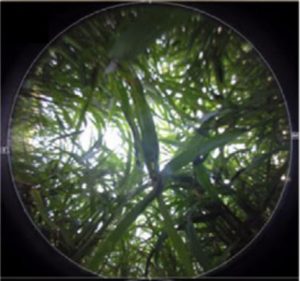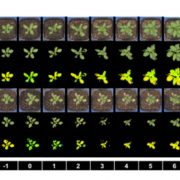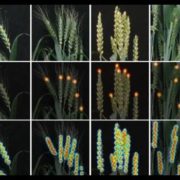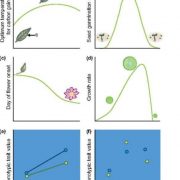Lights, Camera, Action! Detecting crop biomass traits with low-cost photography (Plant Direct)
 Maximizing and improving biomass productivity is essential for grower profitability, to protect natural resources, and to meet global population needs. Unfortunately, assessing biomass usually requires destructive sampling which delays the process for breeding high biomass germplasm. Remote sensing is a method of non-destructive sampling using photographs that are scaled and digitally measured for plant height, canopy width, biomass, etc. Remote sensing has a high correlation with destructive sampling for biomass production and its genetic components (qualitative trait loci or QTL), but requires specialized equipment that could cost over $100,000. A cost-ffective alternative was tested to detect biomass production and variation using a GoPro Hero 3+. Biomass measurements corresponded to all biomass QTLs related to those identified with destructive biomass harvesting. This simple solution could be used with diverse crop breeding programs to quickly collect data to uncover the genetic dynamics of biomass productivity. (Summary by Jason Stettler) Plant Direct
Maximizing and improving biomass productivity is essential for grower profitability, to protect natural resources, and to meet global population needs. Unfortunately, assessing biomass usually requires destructive sampling which delays the process for breeding high biomass germplasm. Remote sensing is a method of non-destructive sampling using photographs that are scaled and digitally measured for plant height, canopy width, biomass, etc. Remote sensing has a high correlation with destructive sampling for biomass production and its genetic components (qualitative trait loci or QTL), but requires specialized equipment that could cost over $100,000. A cost-ffective alternative was tested to detect biomass production and variation using a GoPro Hero 3+. Biomass measurements corresponded to all biomass QTLs related to those identified with destructive biomass harvesting. This simple solution could be used with diverse crop breeding programs to quickly collect data to uncover the genetic dynamics of biomass productivity. (Summary by Jason Stettler) Plant Direct









